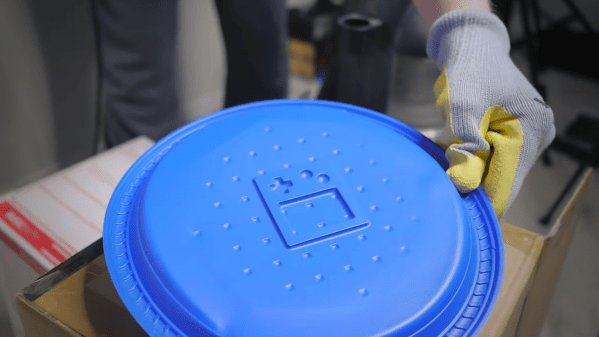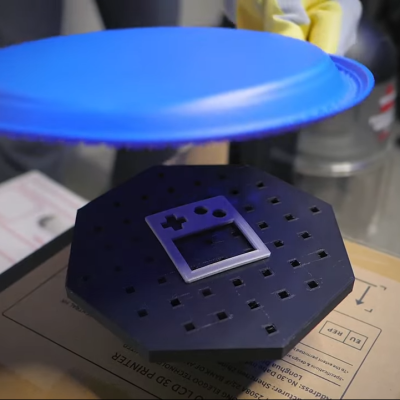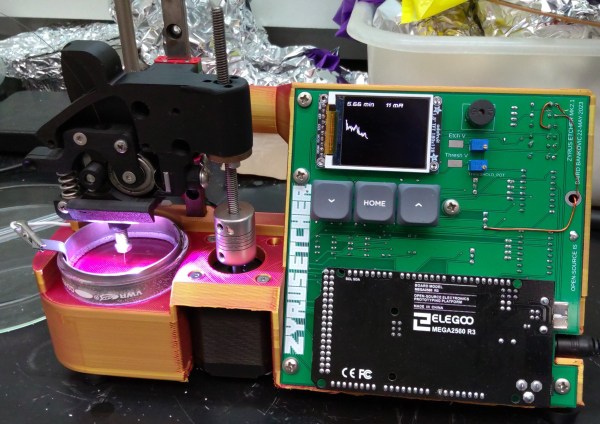While electric motors have taken the drudgery out of many tasks, human power has its advantages. [Precious Plastic Torino] has developed a human-powered plastic shredder for those times when an electric motor just won’t do.
Designed primarily for educational purposes at venues where electricity can be difficult to source, but also useful for off-grid environments, this exercise bike-based shredder can take small pieces of plastic and shred them into tiny pieces suitable for use with any of the other machines in the Precious Plastics ecosystem like their injection molding machine. As with all [Precious Plastics] projects, the files are will be open source; however, there is a six month exclusivity period for Patreon subscribers to help fund development efforts.
The build is relatively simple: take an old exercise bike, remove the unnecessary bits, and run the chain up to drive a shredding mechanism mounted on the front of the bike. We think they should’ve kept the flywheel to help keep the momentum going while shredding but can’t fault them for wanting to keep the prototype as simple as possible. Maybe the next step is getting these in spin classes around the country so people can get their exercise and help recycle in their community at the same time!
If this shredder doesn’t suit your fancy, maybe recycle your plastic with SHREDII or this other DIY effort. If you’d rather generate electricity on your exercise bike, then try building this bike generator.

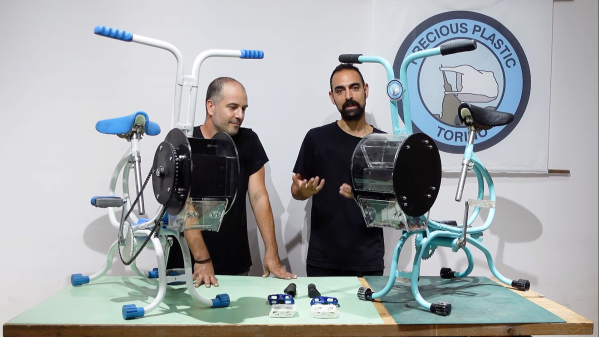
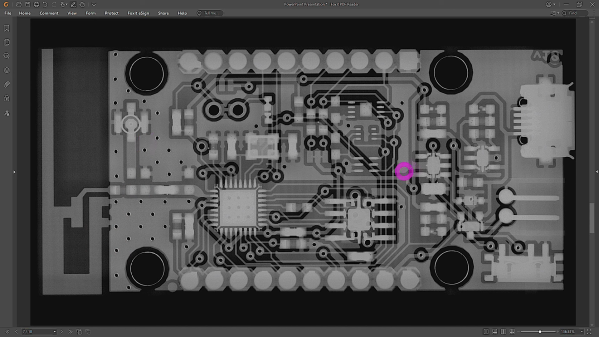


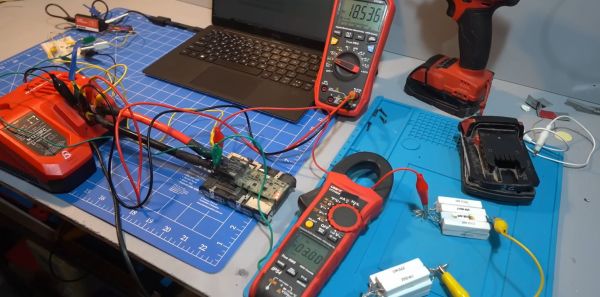
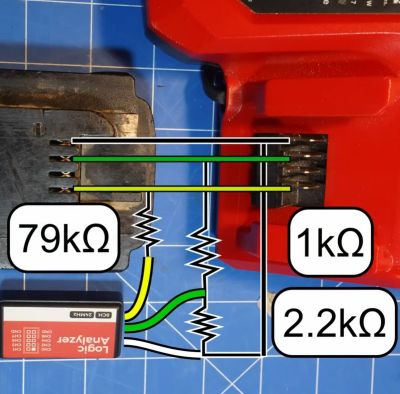
![One of the lists of commands and response messages obtained by [Tool Scientist] on YouTube.](https://hackaday.com/wp-content/uploads/2023/09/reverse_engineering_milwaukee_m18_redlink_protocol_startup_messages.jpg?w=400)
